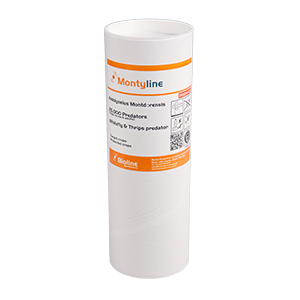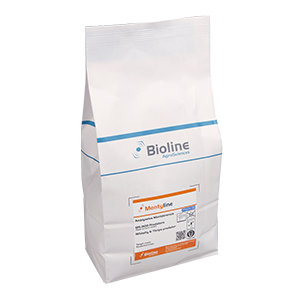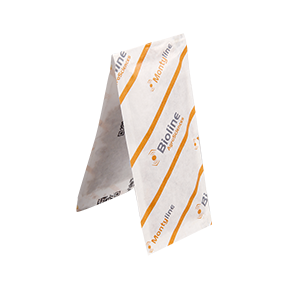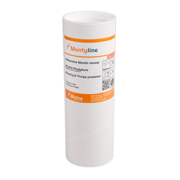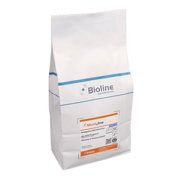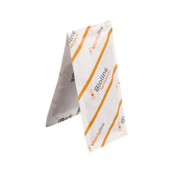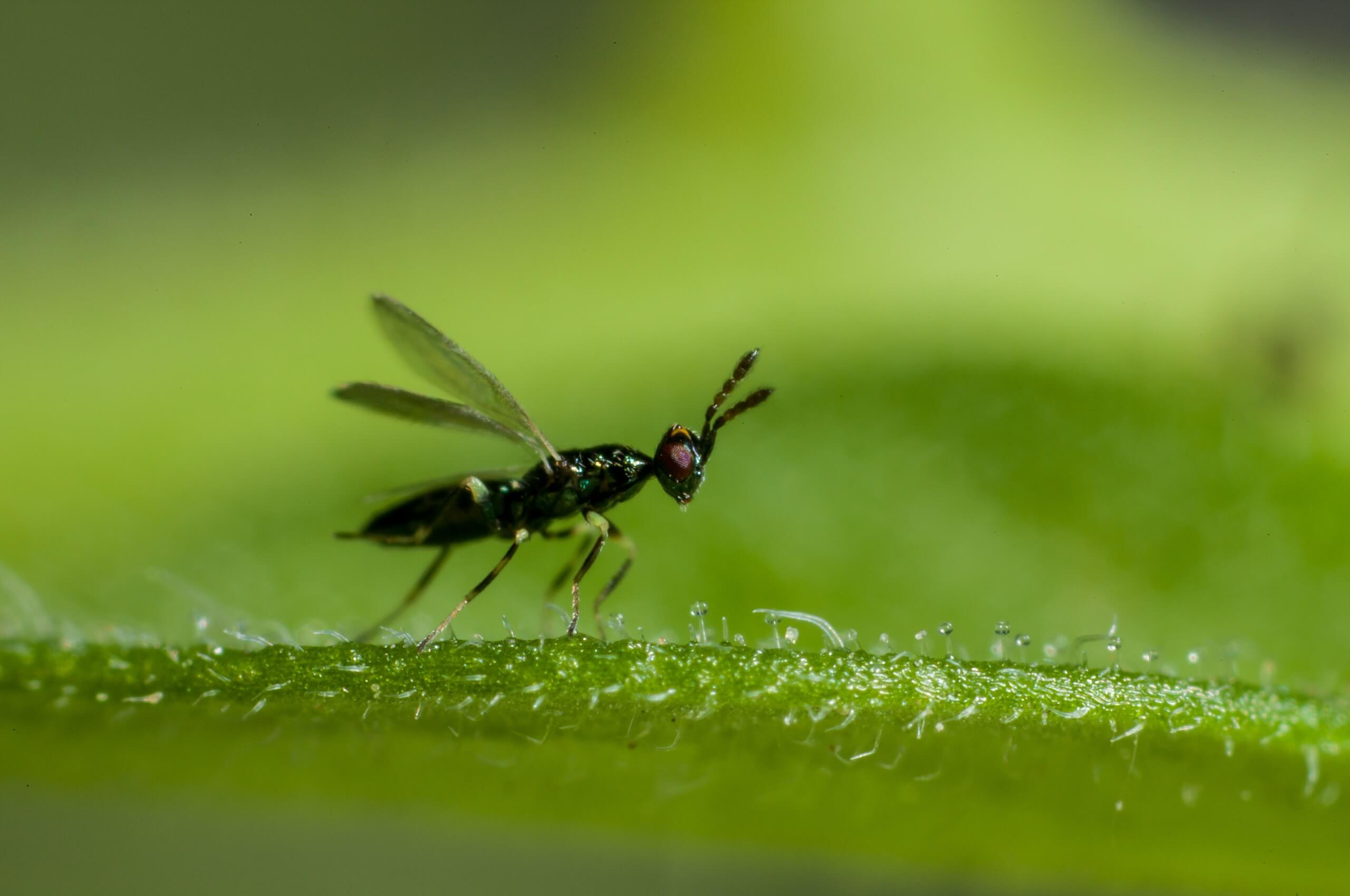Montyline biological control agent contains the predatory mite, Amblyseius montdorensis. It is a predatory mite that feeds on many types of small arthropod prey and pollen. It is ideal for preventive control of whitefly and thrips in greenhouses. Montyline is active at a broader range of temperatures than other predatory mites, making it perfect for controlling pests in challenging environmental conditions.
Please note: Not all products/species will be available in all countries. Licence restrictions may apply to the use of some products. For more information contact your distributor or Bioline AgroSciences.
Key Features
- Excellent control of both Whitefly and Thrips
- Superior Thrips control because it is able to predate upon both first and second instar larvae
- Activity at a lower range of temperatures gives better establishment in cooler crops (12-18oC)
- Explosive population growth gives better recovery after cold environmental periods
- Strong secondary suppression of Spider mites and Eripohyid mites
Main uses
- Whitefly
- Thrips
- Eriophyids & Tarsonemid mites

